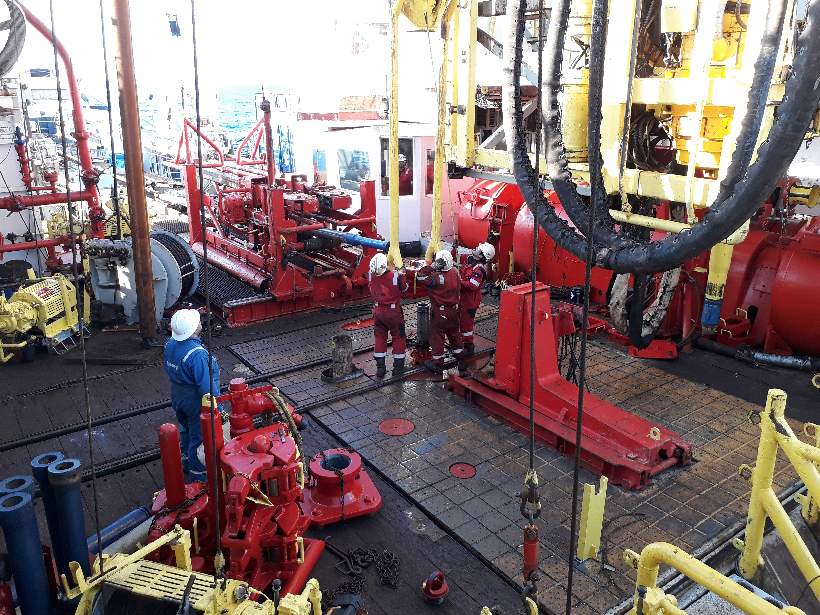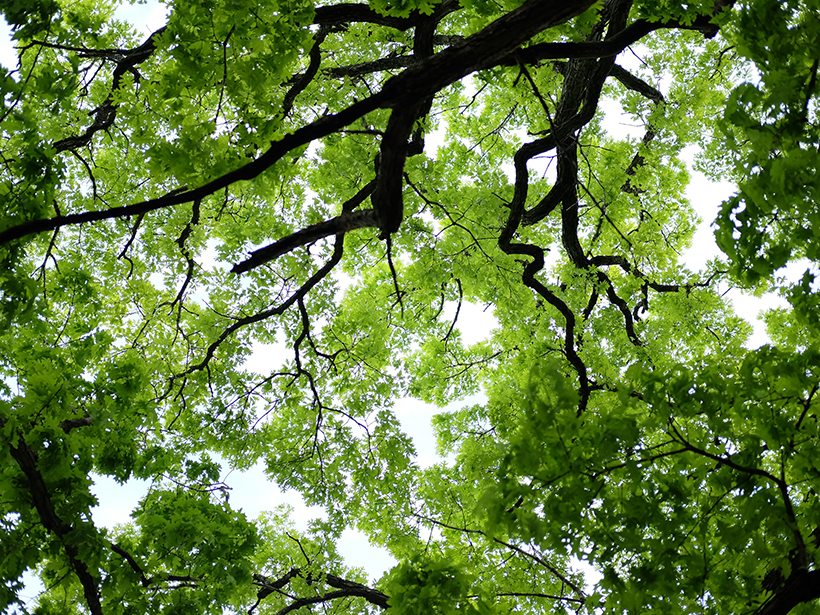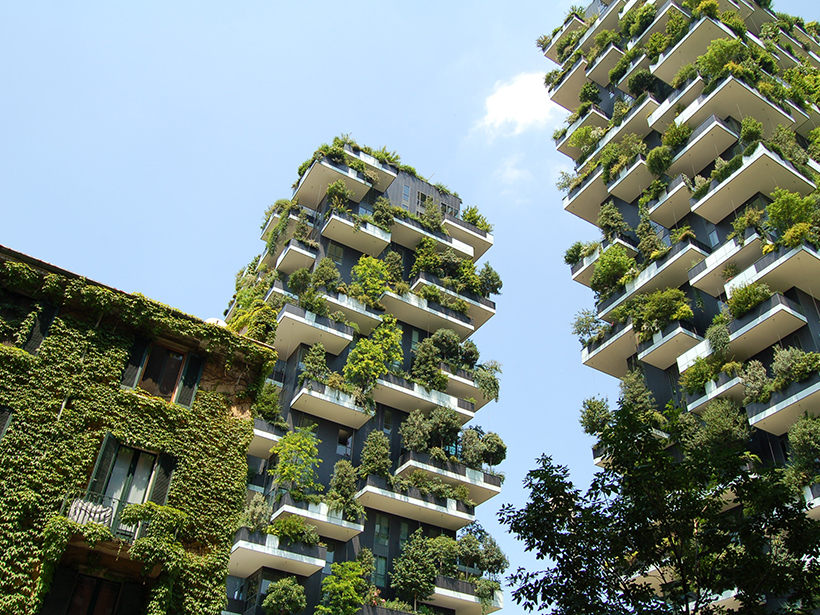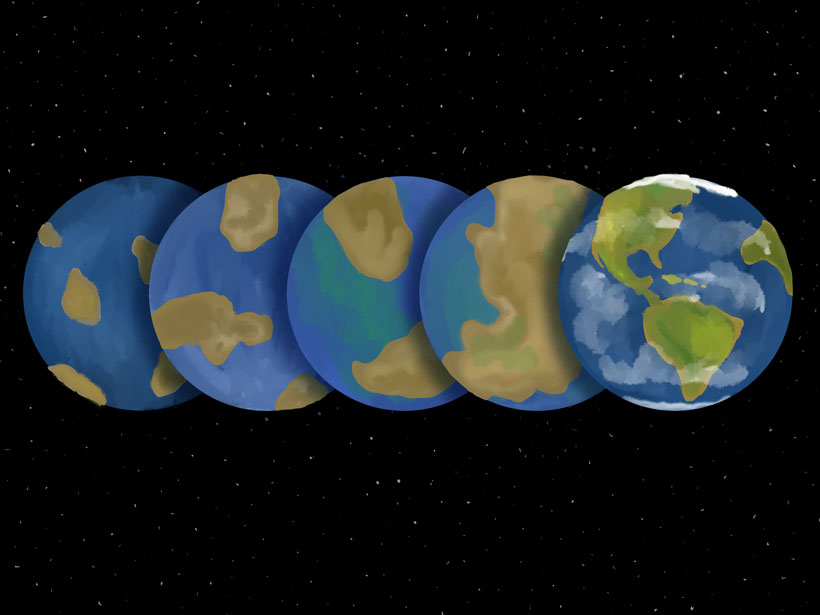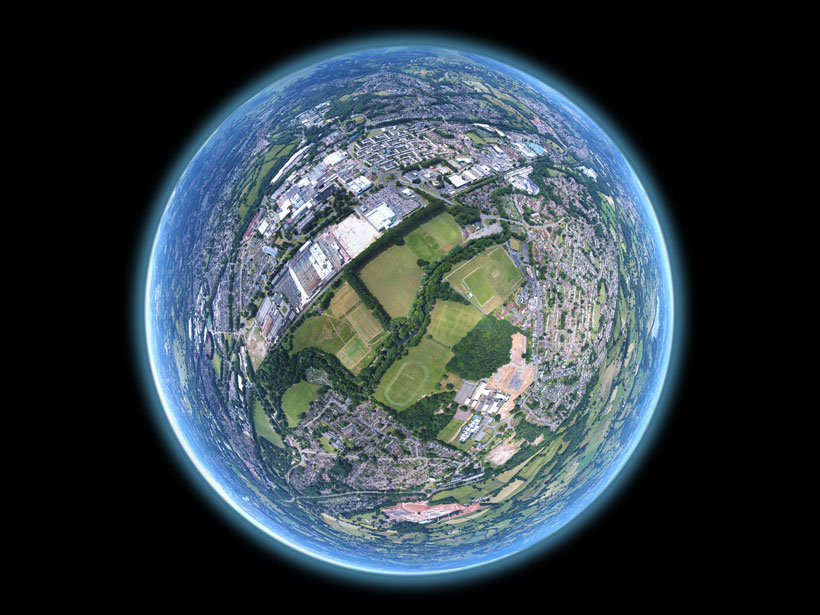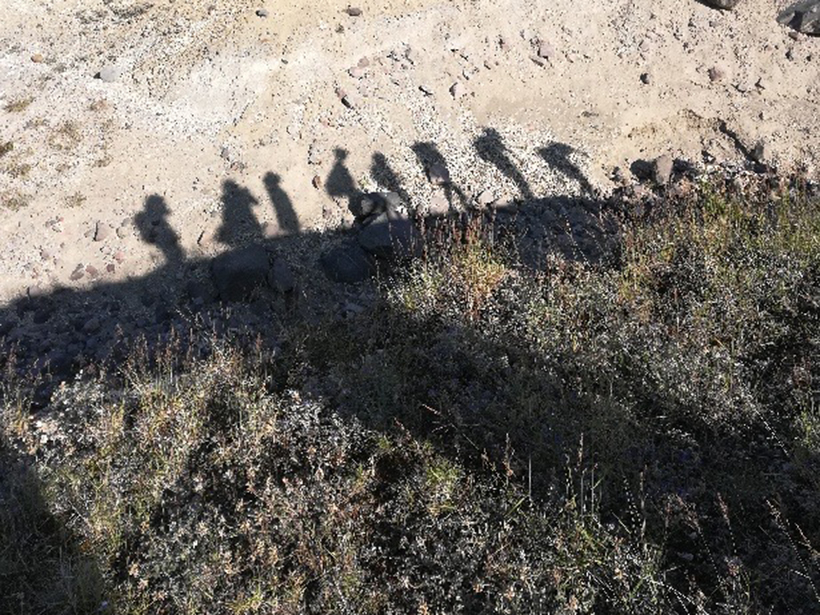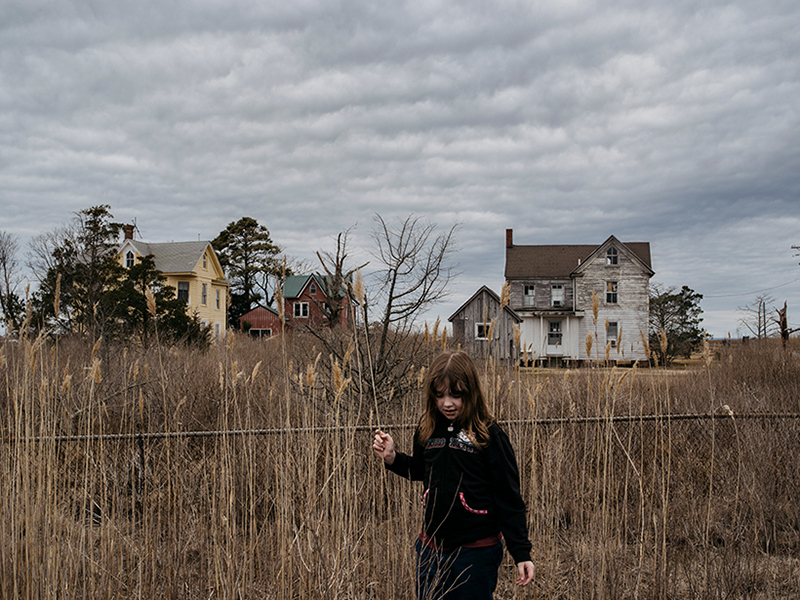For close to 20 years, slow-motion earthquakes have been an enigma. Core samples provide new clues to their origins.
News
This Week: Green Reads for Earth Week
What Earth and space science stories are we recommending this week?
How to Turn Our Cities Into Treetopias
We are and will continue to plant more street trees, urban groves and informal clusters of trees in our parks and green spaces. Treetopia has begun.
Oktoberfest’s Methane Rise Is the Wurst
Incomplete combustion and biogenic emissions—exhalations and flatulence—make Oktoberfest a significant, albeit temporary, source of the potent greenhouse gas.
Looking Back at Our Pale Blue Dot
Astronomers model changes in Earth’s chemical signature over the past 4 billion years to improve the search for Earth-like exoplanets.
How Earth Day Lost Its Way
The history of Earth Day has grown from its radical roots to a canopy for classroom activities.
GeoGirls: Confidence Erupts from a Camp at a Volcano
Summer camp at Mount Saint Helens empowers girls with science, confidence, and fun.
How Financial Markets Can Grow More Climate Savvy
Take extreme weather risks into account, and markets could prove hardier in a changing world.
Are Cosmic Rays a Key to Forecasting Volcanic Eruptions?
A combination of relativistic particles and artificial intelligence may provide a new way to forecast when a volcano could erupt.
Photography Focuses on Sea Level Rise and Eroding Communities
Narratives from applicants for the Getty Images Climate Visuals Grants provided a unique insight into the reality of climate change. Both winners focused on the impact of sea level rise.

